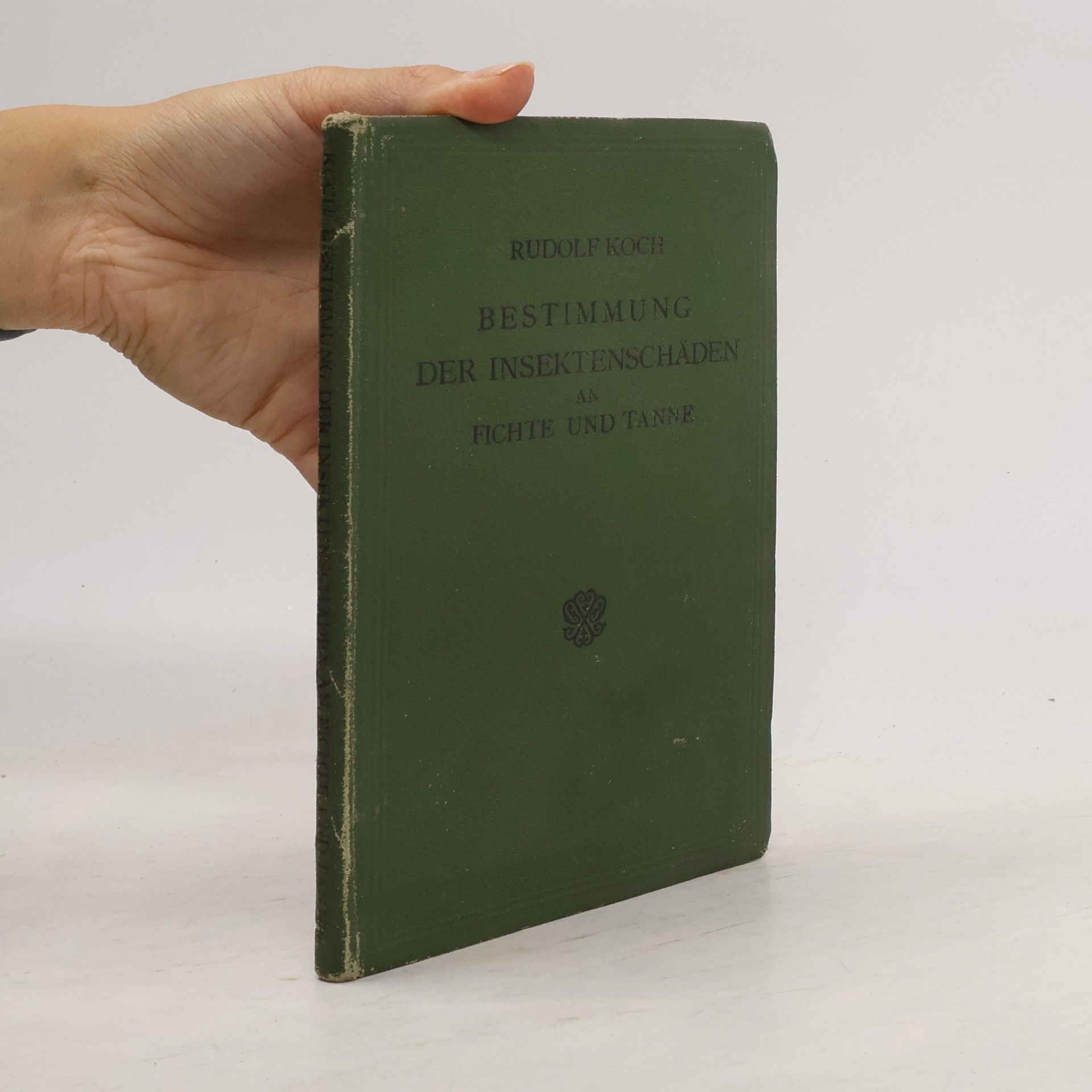La prigionia di guerra apparve per la prima volta come fenomeno di massa durante la prima guerra mondiale. I Paesi belligeranti si trovarono di fronte a problemi di carattere militare, organizzativo e di sicurezza politica di dimensione fino allora sconosciuta. Prigionia di guerra significava per i soldati colpiti provare accanto a una sensazione di dipendenza prima mai conosciuta anche uno sradicamento dal profondo dell´anima. I prigionieri, strappati dal loro accorpamento nei ranghi delle forze armate, si ritrovavano ora abbandonati a se stessi. Il singolo soldato doveva affrontare l´amara sorte della prigionia e portare tutto il peso fisico e psichico che essa comportava. Questa situazione dei prigionieri, la loro vita quotidiana, gli impieghi lavorativi e le precarie circostanze degli approvvigionamenti vengono descritti in questo libro altrettanto dettagliatamente come la costruzione, l´organizzazione e l´amministrazione del campo stesso. La struttura e l´organizzazione del campo, la sua vita quotidiana e i problemi connessi possono essere punti di partenza per tracciare dei confronti paralleli con tanti altri campi di prigionia. Questo perché Sigmundsherberg fu certamente uno dei più grandi lager della monarchia austro-ungarica: in esso furono internati prigionieri di guerra russi dal 1915 al 1916 e poi fino alla fine del conflitto circa 123.000 prigionieri italiani. Traduzione dal tedesco di Ervino Schreiber
Rudolf Koch Libri
Rudolf Koch fu un tipografo e calligrafo visionario il cui lavoro influenzò profondamente l'arte della scrittura. Si dedicò non solo alla creazione di caratteri originali, ma anche all'insegnamento e alla promozione della calligrafia come forma d'arte. Il suo approccio fuse una meticolosa maestria artigianale con una profonda comprensione dell'estetica tipografica. Le innovazioni di Koch continuano a ispirare designer e artisti a livello globale.






Introduction to Bayesian statistics
- 250pagine
- 9 ore di lettura
This book presents Bayes’ theorem, the estimation of unknown parameters, the determination of confidence regions and the derivation of tests of hypotheses for the unknown parameters. It does so in a simple manner that is easy to comprehend. The book compares traditional and Bayesian methods with the rules of probability presented in a logical way allowing an intuitive understanding of random variables and their probability distributions to be formed.
2016 Reprint of 1930 Edition. Full facsimile of the original edition, not reproduced with Optical Recognition Software. Rudolf Koch (1876 - 1934) was a German type designer. He was also a master of lettering, calligraphy, typography and illustration. Commonly known for his typefaces created for the Klingspor Type Foundry, his most widely used typefaces include Neuland and Kabel. Koch's "Book of Signs," translated into English in 1930, illustrates, with short explanations, 493 old-world symbols, monograms and runes. Provides a rich repository of signs divided into the following categories: General Signs The Cross Monogram of Christ or Chrismon Other Christian Signs The Monogram Stonemason's Signs The Four Elements Astronomical Signs Astrological Signs Botanical Signs Chemical Signs House and Holdings marks Signs from Various Sources Runes
Parameter estimation and hypothesis testing in linear models
- 333pagine
- 12 ore di lettura
The necessity to publish the second edition of this book arose when its third German edition had just been published. This second English edition is there fore a translation of the third German edition of Parameter Estimation and Hypothesis Testing in Linear Models, published in 1997. It differs from the first English edition by the addition of a new chapter on robust estimation of parameters and the deletion of the section on discriminant analysis, which has been more completely dealt with by the author in the book Bayesian In ference with Geodetic Applications, Springer-Verlag, Berlin Heidelberg New York, 1990. Smaller additions and deletions have been incorporated, to im prove the text, to point out new developments or to eliminate errors which became apparent. A few examples have been also added. I thank Springer-Verlag for publishing this second edition and for the assistance in checking the translation, although the responsibility of errors remains with the author. I also want to express my thanks to Mrs. Ingrid Wahl and to Mrs. Heidemarlen Westhiiuser who prepared the second edition. Bonn, January 1999 Karl-Rudolf Koch Preface to the First Edition This book is a translation with slight modifications and additions of the second German edition of Parameter Estimation and Hypothesis Testing in Linear Models, published in 1987.
Das kleine Blumenbuch
Einmalige Sonderausgabe
Als Band der Insel-Bücherei erschien 1933 eine Auswahl mit 58 Zeichnungen, der im Laufe der Jahre eine Gesamtauflage von nahezu einer halben Million erreichte. Dieser Band der Insel-Bücherei, der längere Zeit vergriffen war, wurde zum fünfzigsten Todesjahr Rudolf Kochs neu aufgelegt. Die Blumenbilder – Schneeglöckchen und Kratzdistel, Feldrittersporn und Kuckuckslichtmelke, Wiesenschaumkraut und Klatschmohn, Ackerwinde und Augentrost und all die anderen – gehören zu den schönsten Arbeiten, die uns Rudolf Koch hinterlassen hat. Dieser Band ist eine unnummerierte Sonderausgabe der Insel-Bücherei und textidentisch mit IB281.
Kniha znamení. Výklad 493 tajemných znaků
- 108pagine
- 4 ore di lettura
Podtitul: Výklad 493 tajemných znaků. Kniha obsahuje znaky, které jsou rozděleny do 14 kategorií: obecné znaky, znaky kříže, středověké, zednářské znaky, astronomické a astrologické znaky, botanické a chemické znaky, runy a mnoho dalších.



